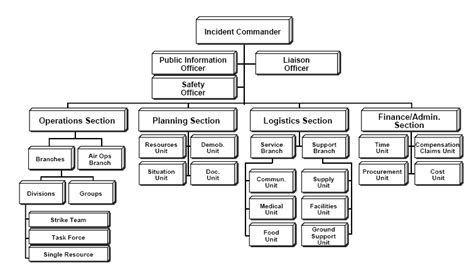Discount Tables
When it comes to managing finances, whether personal or for a business, understanding and leveraging discount tables can be a strategic move. A discount table, in its simplest form, is a tool used to calculate the present value of future cash flows based on the time value of money principle. This principle posits that a dollar today is worth more than a dollar tomorrow due to its potential to earn interest.
In financial analysis, discount tables are pivotal for evaluating investment opportunities, determining the viability of projects, and making informed decisions about investments and expenditures. Essentially, a discount table helps in calculating the present value (PV) of a future amount by discounting it at a specific interest rate over a certain period.
Understanding Discount Tables
To grasp how discount tables work, let’s break down the key components involved in discounting future cash flows:
- Present Value (PV): The current worth of a future sum of money, considering the time value of money.
- Future Value (FV): The amount of money that will be available at a future date, based on the current investment and interest rate.
- Discount Rate: The interest rate used to calculate the present value of future cash flows. It reflects the risk associated with the investment and the opportunity cost of the capital.
- Time Period: The number of years or periods until the future sum of money is received.
The formula to calculate the present value of a single future sum using a discount table is:
[ PV = \frac{FV}{(1 + r)^n} ]
Where: - ( PV ) is the present value, - ( FV ) is the future value, - ( r ) is the discount rate per period, - ( n ) is the number of periods.
Discount tables are essentially pre-computed values of ( \frac{1}{(1 + r)^n} ) for various combinations of ( r ) and ( n ), providing a quick way to look up the present value factor without needing to calculate it each time.
Creating a Discount Table
A discount table typically lists discount rates in the columns and time periods in the rows. The cell at the intersection of a column and row provides the discount factor for the given rate and time period.
Here’s a simplified example of how a discount table might look for discount rates of 5%, 10%, and 15% over 1 to 5 years:
| Years | 5% | 10% | 15% |
|---|---|---|---|
| 1 | 0.9524 | 0.9091 | 0.8696 |
| 2 | 0.9070 | 0.8264 | 0.7565 |
| 3 | 0.8638 | 0.7513 | 0.6575 |
| 4 | 0.8227 | 0.6830 | 0.5718 |
| 5 | 0.7835 | 0.6209 | 0.4972 |
To find the present value of 1,000 to be received in 3 years at a 10% discount rate, you would look up the factor in the 10% column for the 3-year row, which is 0.7513, and then multiply this factor by 1,000 to get a present value of approximately $751.30.
Applications of Discount Tables
- Investment Analysis: Discount tables are crucial for evaluating investments by calculating the net present value (NPV) of expected cash flows. A positive NPV indicates a profitable investment.
- Capital Budgeting: Companies use discount tables to determine which projects to pursue based on their NPV and internal rate of return (IRR).
- Bond Valuation: The present value of future coupon payments and the return of principal can be calculated using discount tables to determine the value of a bond.
Challenges and Considerations
While discount tables simplify financial calculations, their accuracy depends on the accuracy of the discount rate and the time period considered. Challenges include:
- Determining the Appropriate Discount Rate: This can be complex, especially for risky investments. The discount rate must accurately reflect the risk and the time value of money.
- Dealing with Inflation: High inflation can erode the purchasing power of future cash flows, necessitating an inflation-adjusted discount rate.
- Non-Annual Compounding: When interest compounds more frequently than annually, adjustments to the discount rate and time period are needed.
Conclusion
Discount tables are a fundamental tool in finance, offering a straightforward method to calculate the present value of future cash flows. By understanding how to use and interpret discount tables, individuals and businesses can make more informed decisions about investments and resource allocation. However, it’s crucial to approach these calculations with a clear understanding of the underlying principles and the assumptions inherent in the discount rate and the time value of money.
FAQ Section
What is the purpose of a discount table in finance?
+A discount table is used to calculate the present value of future cash flows, helping in the evaluation of investments and project viability based on the time value of money principle.
How do you determine the appropriate discount rate for calculating present value?
+The discount rate should reflect the risk of the investment and the opportunity cost of capital. It can be determined based on market rates for similar investments, the company's cost of capital, or other relevant factors.
Can discount tables account for inflation when calculating present value?
+Yes, inflation can be accounted for by using an inflation-adjusted discount rate. This ensures that the calculation of present value reflects the expected erosion of purchasing power due to inflation.
In practice, understanding and applying discount tables effectively can significantly enhance financial decision-making, whether for personal finance, corporate investments, or project management. By mastering these tools and concepts, individuals can navigate complex financial landscapes with greater confidence and precision.



